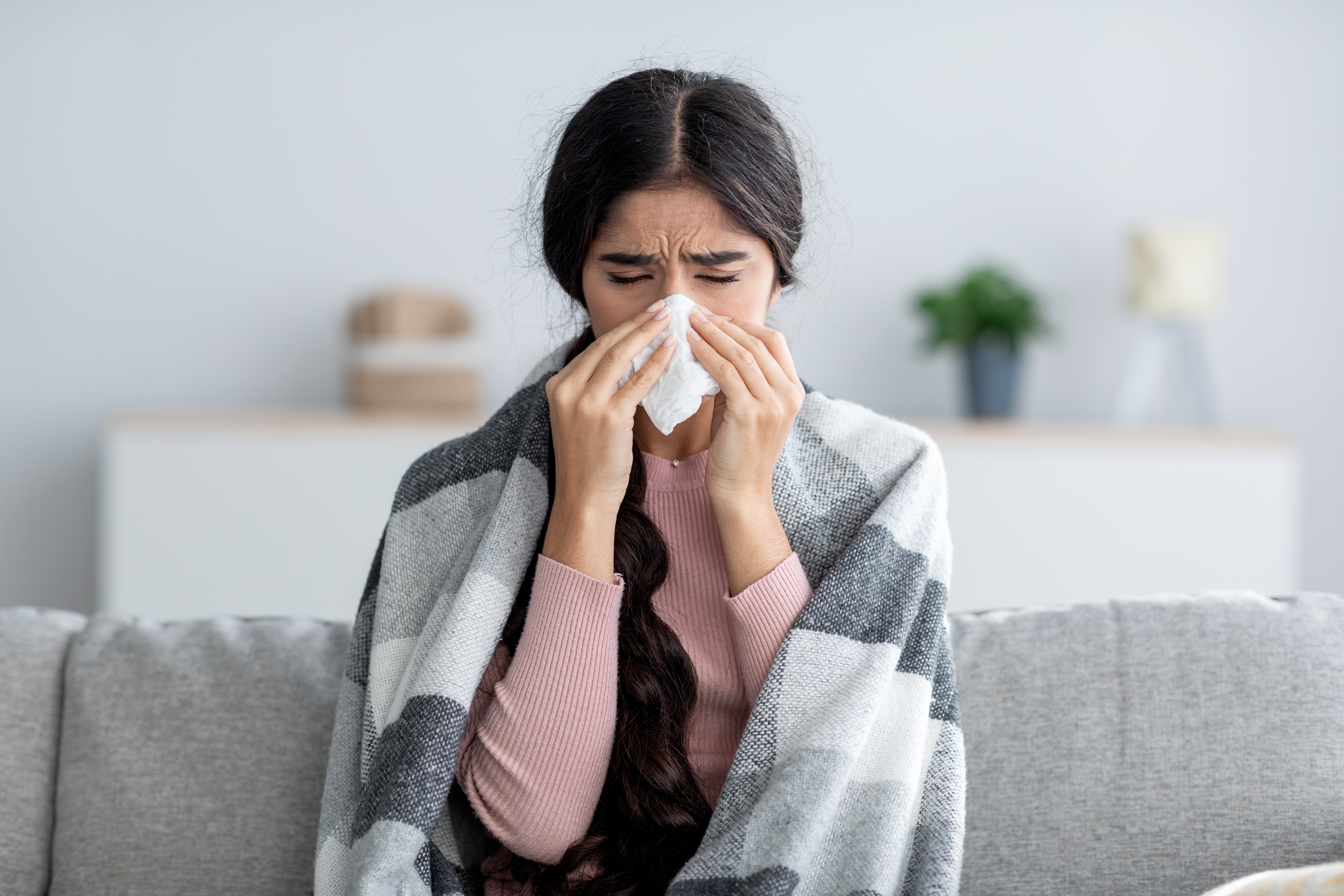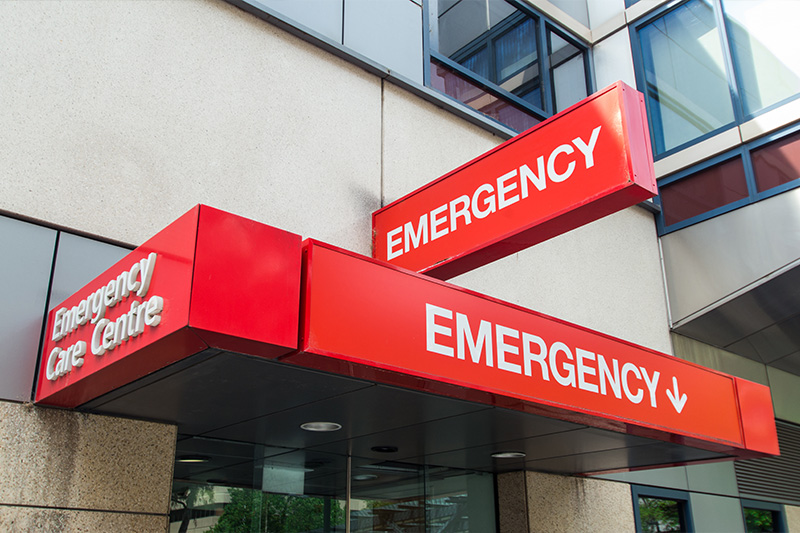
As we head into flu season, it’s crucial to be able to distinguish between common respiratory illnesses like COVID-19 and the flu. Recognizing the subtle differences in symptoms can help you make informed decisions about when to seek medical attention. Here’s a guide to help you navigate these symptoms:
Key Symptoms Shared by COVID-19 and the Flu:
Fever and Chills:
- Both COVID-19 and the flu are often present with fever and chills. Pay attention to the intensity and duration of your fever.
Cough:
- A persistent cough is a common symptom for both illnesses. Observe if your cough is dry or produces mucus.
Muscle or Body Aches:
- Muscle and body aches are typical in both cases, but they might be more pronounced in the case of the flu.
Fatigue:
- Feeling unusually tired can be associated with both COVID-19 and the flu. Note the severity and whether it hinders your daily activities.
Differentiating Symptoms:
Loss of Taste or Smell:
- An unusual symptom associated with COVID-19 is a sudden loss of taste or smell. If you experience this, it may be indicative of COVID-19.
Eye Redness or Discharge:
- Is another unique symptom associated with certain variants of COVID-19. If you experience this, it may be indicative of COVID-19.
Shortness of Breath:
- While both illnesses can cause difficulty breathing, severe shortness of breath is more commonly associated with COVID-19. Seek medical attention if you experience this symptom.
When to Seek Medical Attention:
Severe Symptoms:
- If you experience severe symptoms such as difficulty breathing, persistent chest pain or pressure, confusion, inability to stay awake, or bluish lips or face, seek emergency medical attention immediately.
Persistent Symptoms:
- If your symptoms persist or worsen over time, it’s advisable to consult a healthcare professional.
Exposure to Confirmed Cases:
- If you have been in close contact with someone who tested positive for COVID-19 or the flu, monitor your symptoms closely and seek medical advice if needed.
Next Steps:
If you suspect you have COVID-19 or the flu, it’s essential to contact your healthcare provider promptly. Sand Canyon Urgent Care with offices in Irvine, CA and Laguna Hills, CA offers walk-in appointments and is equipped to handle respiratory illnesses and can provide guidance on testing and treatment options. Remember to follow CDC guidelines, including self-isolation if necessary, to prevent the potential spread of the virus.
By staying informed and proactive, you can play a crucial role in safeguarding your health and that of those around you. If in doubt, don’t hesitate to contact us and seek professional medical advice—it’s better to be cautious when dealing with respiratory symptoms.






